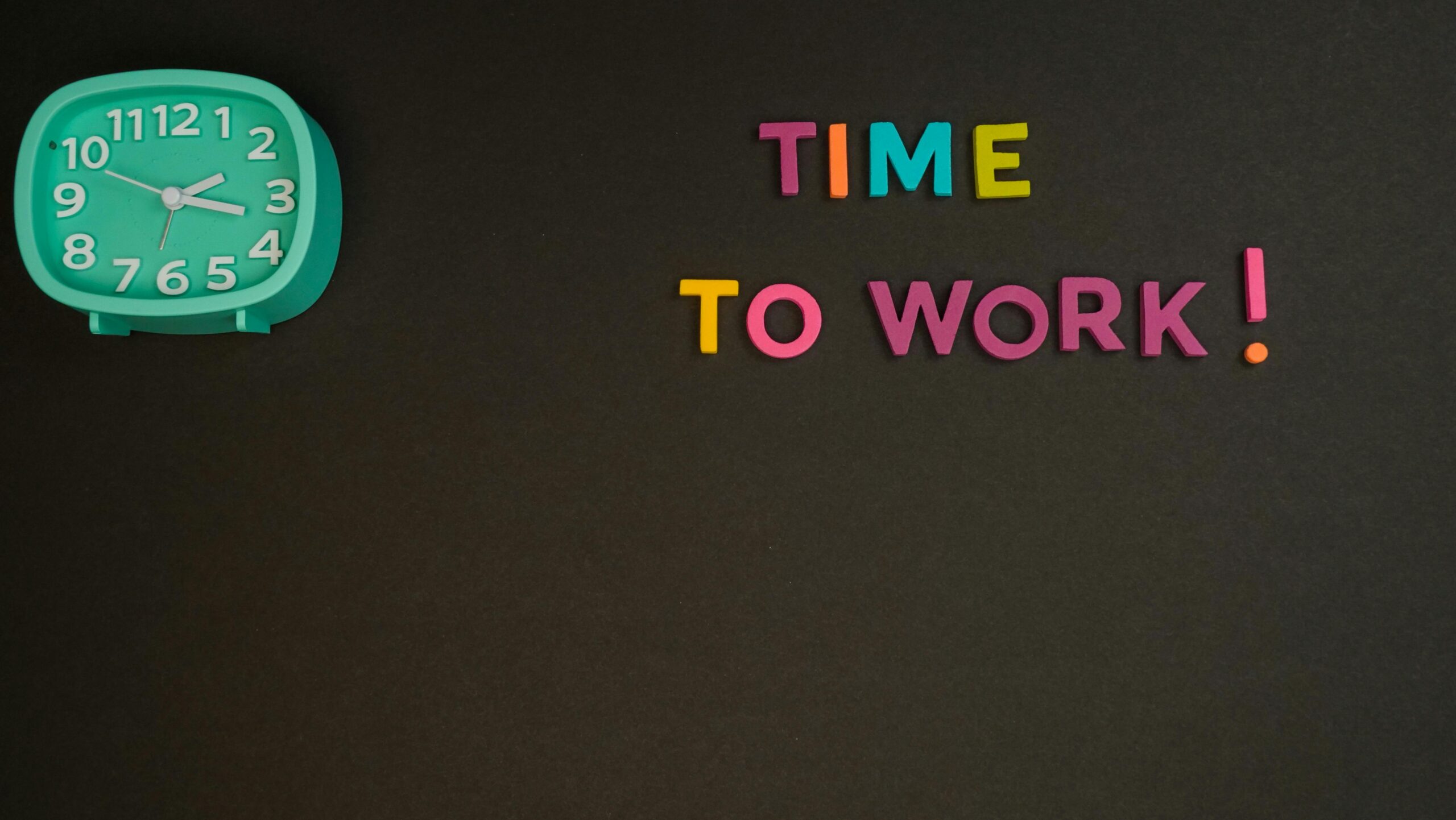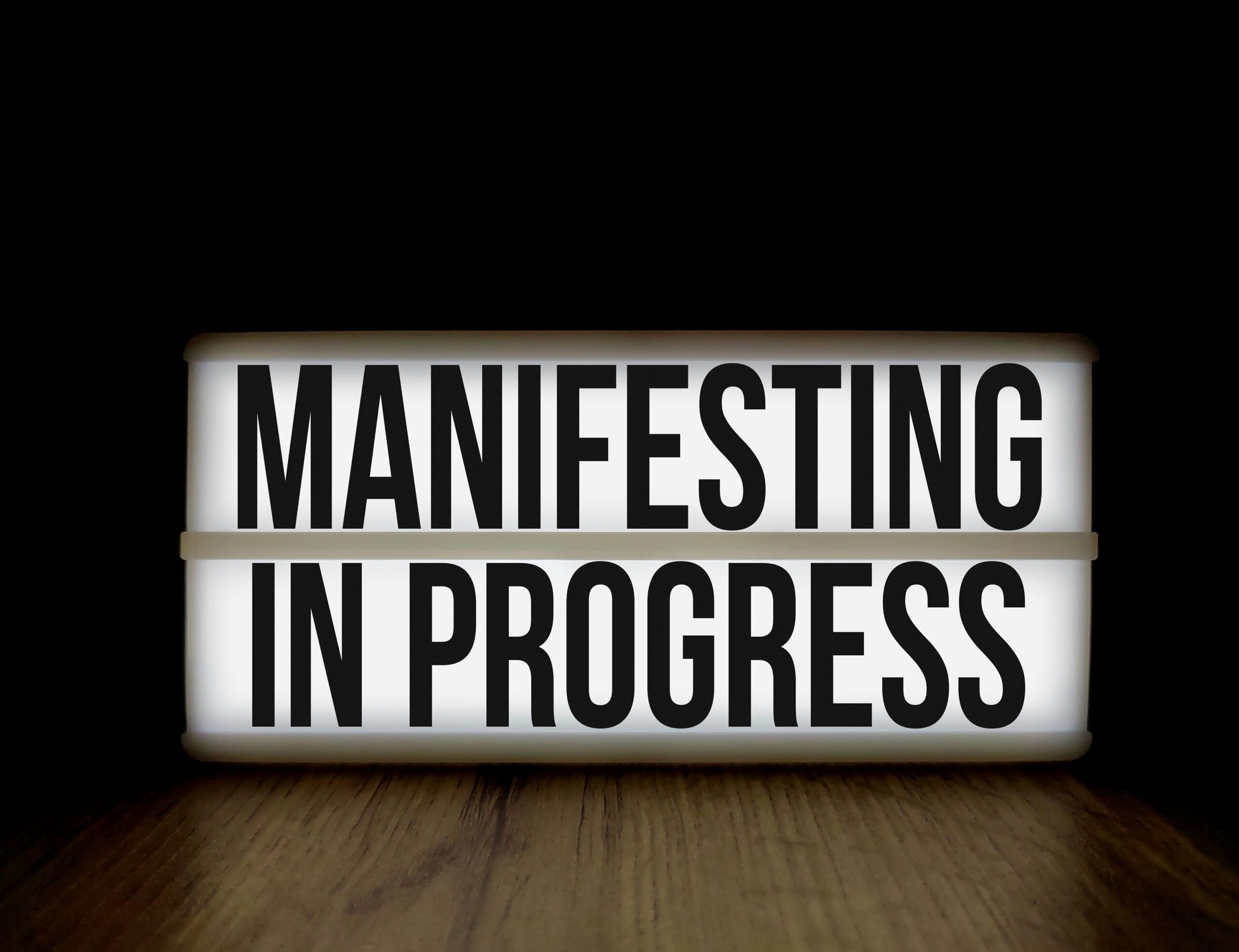In today’s fast-paced world, mastering your time and focus isn’t just an advantage—it’s essential for unlocking your full potential and achieving lasting success.
Every single day, we’re bombarded with distractions, notifications, and endless tasks competing for our attention. The difference between those who consistently achieve their goals and those who struggle often comes down to one critical skill: the ability to harness focus and manage time effectively. This isn’t about working harder or longer hours—it’s about working smarter, with intention and strategic precision.
The journey to ultimate productivity begins with understanding that time is your most valuable resource. Unlike money or material possessions, once time is spent, it can never be recovered. This fundamental truth should shape how you approach every hour of your day, every commitment you make, and every task you undertake.
🎯 The Science Behind Focus and Productivity
Understanding how your brain processes information and maintains concentration is the foundation for developing effective focus techniques. Neuroscience research has revealed fascinating insights about how our minds work when we’re at our most productive.
Your brain operates in different states of consciousness throughout the day, with varying levels of alertness and cognitive capability. The prefrontal cortex, responsible for executive functions like decision-making and focus, has limited capacity and can become depleted through constant use. This phenomenon, known as decision fatigue, explains why your ability to concentrate often diminishes as the day progresses.
Moreover, our brains are wired to respond to novelty and potential threats—a survival mechanism that served our ancestors well but creates challenges in our modern environment. Every notification, email, or interruption triggers a dopamine response, making it incredibly difficult to maintain sustained attention on demanding tasks.
Understanding Your Peak Performance Windows
Each person has unique circadian rhythms that determine when they’re mentally sharpest. Some people are natural morning larks, experiencing peak cognitive performance in early hours, while others are night owls who thrive after sunset. Identifying your personal peak performance windows allows you to schedule your most important and challenging work during these golden hours.
Research suggests that most people experience their highest levels of focus and analytical thinking within 2-4 hours after fully waking. This period, often called the “biological prime time,” should be fiercely protected and dedicated to your most valuable work—not squandered on emails or routine tasks.
⏰ Time Blocking: Your Blueprint for Productive Days
Time blocking is one of the most powerful techniques for transforming how you manage your days. This method involves dividing your day into dedicated blocks of time, each assigned to specific tasks or categories of work. Unlike traditional to-do lists that can feel overwhelming and unstructured, time blocking creates a concrete plan that respects the reality of time constraints.
The beauty of time blocking lies in its simplicity and psychological benefits. When you assign a specific time slot to a task, you’re making a commitment to yourself. This reduces decision fatigue throughout the day because you’ve already decided what you’ll be working on and when.
Implementing Effective Time Blocks
Start by auditing how you currently spend your time for one week. Track everything—meetings, focused work, emails, social media, breaks, and even time spent deciding what to do next. This baseline assessment often reveals surprising patterns and time-wasting activities you weren’t consciously aware of.
Next, categorize your work into different types: deep work requiring intense focus, shallow work like administrative tasks, creative work, collaborative sessions, and personal time. Assign different blocks to different categories, ensuring you’re allocating appropriate time to each based on your priorities and goals.
A effective time blocking schedule might look like this:
- 6:00-7:00 AM: Morning routine and planning
- 7:00-9:00 AM: Deep work block for most important project
- 9:00-10:00 AM: Email and communication
- 10:00-12:00 PM: Deep work block for secondary priority
- 12:00-1:00 PM: Lunch and mental reset
- 1:00-2:30 PM: Meetings and collaboration
- 2:30-4:00 PM: Shallow work and administrative tasks
- 4:00-5:00 PM: Planning tomorrow and wrap-up
🧠 The Pomodoro Technique: Leveraging Time Pressure
The Pomodoro Technique, developed by Francesco Cirillo in the late 1980s, remains one of the most effective focus methods for maintaining concentration and preventing burnout. This technique harnesses the power of time constraints to create urgency while building in regular breaks to maintain cognitive freshness.
The basic framework involves working in focused 25-minute intervals (called “pomodoros”) followed by 5-minute breaks. After completing four pomodoros, you take a longer 15-30 minute break. This structure works because it aligns with how our brains naturally maintain attention and need recovery periods.
The beauty of the Pomodoro Technique extends beyond simple time management. By committing to just 25 minutes of focused work, you overcome the psychological resistance that often accompanies large, daunting tasks. It’s much easier to tell yourself “I’ll just work on this for 25 minutes” than “I need to complete this entire project.”
Customizing Pomodoro for Maximum Effectiveness
While the traditional 25/5 split works well for many people, don’t hesitate to experiment with different intervals. Some tasks require longer periods of uninterrupted focus—you might try 50-minute work sessions with 10-minute breaks, or 90-minute sessions aligned with your natural ultradian rhythms.
The key is finding what works for your specific type of work and cognitive patterns. Software developers might benefit from longer blocks to maintain their mental model of complex code, while writers might find shorter intervals help maintain creative energy without mental exhaustion.
✨ Deep Work: The Superpower of the 21st Century
Cal Newport’s concept of “deep work”—the ability to focus without distraction on cognitively demanding tasks—has become increasingly valuable in our distracted world. Deep work is where breakthrough thinking happens, where complex problems get solved, and where you create work that truly stands out.
Deep work requires eliminating all distractions and achieving a state of flow where hours can pass without notice. In this state, your cognitive capabilities are fully engaged, producing work of significantly higher quality in less time than fragmented, distracted work ever could.
The challenge is that deep work is increasingly rare. The average office worker checks email 15 times per day, while smartphone users touch their devices 2,617 times daily. Each interruption doesn’t just steal a few seconds—research shows it takes an average of 23 minutes to fully regain focus after a distraction.
Creating Your Deep Work Ritual
Establishing a consistent ritual signals to your brain that it’s time to transition into deep work mode. This might include clearing your desk, putting your phone in another room, closing all unnecessary browser tabs, and perhaps even changing your physical location.
Some highly productive individuals create specific cues: wearing particular headphones, playing specific music, or even changing into “work clothes” to psychologically separate deep work time from other activities. These rituals might seem excessive, but they create powerful neurological associations that facilitate faster entry into flow states.
📱 Digital Minimalism and Focus Enhancement
Your smartphone and computer are simultaneously your most powerful productivity tools and your greatest sources of distraction. Mastering focus in the digital age requires intentional strategies for managing technology rather than letting it manage you.
Start by conducting a digital audit. Check your screen time statistics and honestly assess which apps and activities provide genuine value versus those that simply consume time. Most people are shocked to discover they spend 3-4 hours daily on their phones, often without meaningful return on that investment.
Strategic Notification Management
Notifications are the enemy of focus. Each ping, vibration, or banner interrupts your concentration and pulls you out of flow states. Take control by ruthlessly limiting notifications to only those that represent true urgencies.
Most notifications fail this test. Do you really need to be instantly alerted every time someone likes your social media post or when a promotional email arrives? Disable all non-essential notifications, and for those that remain, schedule specific times to check them rather than responding reactively.
🎨 The Two-Minute Rule and Task Management
Productivity expert David Allen introduced the two-minute rule as part of his Getting Things Done (GTD) methodology: if a task takes less than two minutes to complete, do it immediately rather than adding it to your list. This simple principle prevents small tasks from accumulating and creating psychological burden.
However, this rule requires discernment. During dedicated deep work blocks, even two-minute tasks can derail your focus. The solution is designating specific times for processing these quick tasks—perhaps during your shallow work blocks or before transitioning between major activities.
Priority Matrix for Decision Making
Not all tasks deserve equal attention. The Eisenhower Matrix helps you categorize tasks based on urgency and importance, ensuring you’re investing time in activities that truly move the needle toward your goals.
| Urgent & Important | Not Urgent & Important |
|---|---|
| Do immediately – crises, deadlines, pressing problems | Schedule – strategic planning, skill development, relationship building |
| Urgent & Not Important | Not Urgent & Not Important |
| Delegate – interruptions, some emails and calls, busy work | Eliminate – time wasters, mindless scrolling, excessive TV |
Most people spend excessive time in the urgent categories while neglecting important but not urgent activities—precisely where long-term success is built. Strategic planning, learning new skills, building relationships, and preventive maintenance rarely feel urgent but create the foundation for sustainable achievement.
💪 Building Sustainable Productivity Habits
Temporary motivation fades, but systems and habits last. The most consistently productive people don’t rely on willpower alone—they’ve built environments and routines that make focused work the path of least resistance.
Habit formation follows predictable patterns. Start small with “tiny habits” that require minimal willpower to maintain. Rather than committing to work in deep focus for four hours daily, begin with just 25 minutes. Success breeds confidence, and confidence enables gradual expansion of your capabilities.
Environmental Design for Focus
Your physical and digital environments profoundly influence your ability to focus. Create dedicated spaces for different types of work when possible. Even small changes—facing away from foot traffic, using noise-canceling headphones, or working in a library—can dramatically improve concentration.
Remove temptations from your environment rather than relying on willpower to resist them. If social media distracts you, remove those apps from your phone during work hours. If your desk is cluttered with projects competing for attention, clear everything except what relates to your current priority.
🚀 Energy Management: The Missing Piece
Time management alone is insufficient for peak performance. You must also manage your energy—physical, mental, emotional, and spiritual. Working when exhausted or emotionally depleted produces inferior results regardless of how well you’ve scheduled your time.
Physical energy forms the foundation. Quality sleep, regular exercise, proper nutrition, and adequate hydration aren’t luxuries—they’re essential inputs for cognitive performance. Research consistently shows that people who prioritize these basics dramatically outperform those who sacrifice health for a few extra working hours.
Mental energy requires strategic renewal. Your brain isn’t designed for continuous focus throughout an eight-hour workday. Regular breaks, ideally involving physical movement or nature exposure, restore cognitive capacity and prevent the degradation of focus quality over time.
The Power of Strategic Recovery
High performers understand that rest isn’t the opposite of productivity—it’s an essential component. Scheduling genuine downtime, hobbies, and social connection isn’t optional if you want to sustain peak performance over years and decades rather than burning out in months.
Weekly reviews create space to reflect on what’s working, what needs adjustment, and whether your daily activities align with your larger goals. This practice prevents the common trap of being busy without being productive—efficiently doing things that don’t actually matter.

🎯 Maintaining Long-Term Focus on What Matters
Daily focus techniques mean little if you’re focused on the wrong things. Regular reflection ensures your productivity serves your actual goals rather than simply keeping you busy. Ask yourself regularly: “If I could only accomplish three things this year, what would they be?” Then ensure your daily activities support those priorities.
Success isn’t about doing more things—it’s about doing the right things consistently. Warren Buffett’s “5/25 rule” illustrates this powerfully: write down your top 25 goals, circle your top 5, and avoid the remaining 20 at all costs. Those 20 aren’t bad goals—they’re dangerous distractions from what matters most.
Mastering time and focus is a continuous journey rather than a destination. The techniques that work brilliantly today may need adjustment as your circumstances change. Stay curious, keep experimenting, and remember that the goal isn’t perfection—it’s consistent progress toward becoming the person capable of achieving your most meaningful goals.
Your potential isn’t fixed—it expands as you develop greater mastery over your attention and time. Every moment you reclaim from distraction and redirect toward meaningful work is an investment in the person you’re becoming. Start today, start small, but most importantly, start with the understanding that mastering these skills will transform not just your productivity, but your entire life trajectory.
Toni Santos is a personal growth strategist and wealth alignment researcher dedicated to helping people connect mindset, habits, and money with purpose. With a focus on abundance psychology and intentional living, Toni explores how beliefs, behavior, and clarity turn goals into sustainable prosperity. Fascinated by financial psychology and high-performance routines, Toni’s journey bridges coaching, behavioral science, and practical frameworks. Each guide he shares is an invitation to design a life by intention—where daily actions align with values, and values align with long-term wealth. Blending mindset work, habit design, and evidence-based strategy, Toni studies how identity shifts, focus systems, and disciplined execution create compounding results. His work champions the idea that true abundance is built from the inside out—through awareness, alignment, and consistent action. His work is a tribute to: An abundance mindset grounded in gratitude, vision, and responsibility Financial psychology that transforms behavior into smart decisions Goal-oriented living powered by clear systems and repeatable habits Whether you’re redefining success, aligning money with meaning, or building habits that last, Toni Santos invites you to grow with intention—one belief, one plan, one aligned step at a time.




